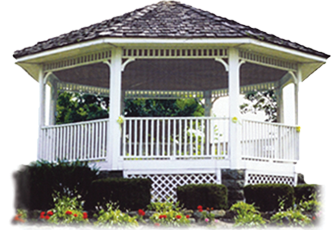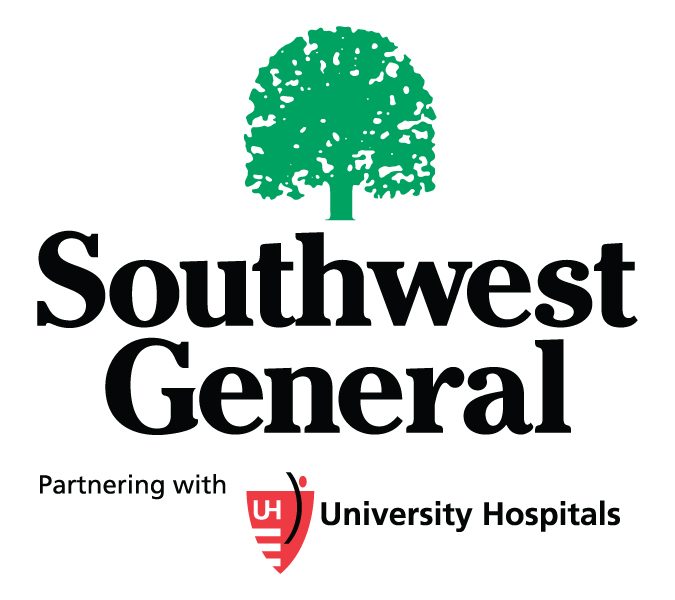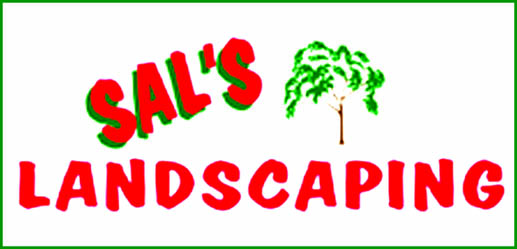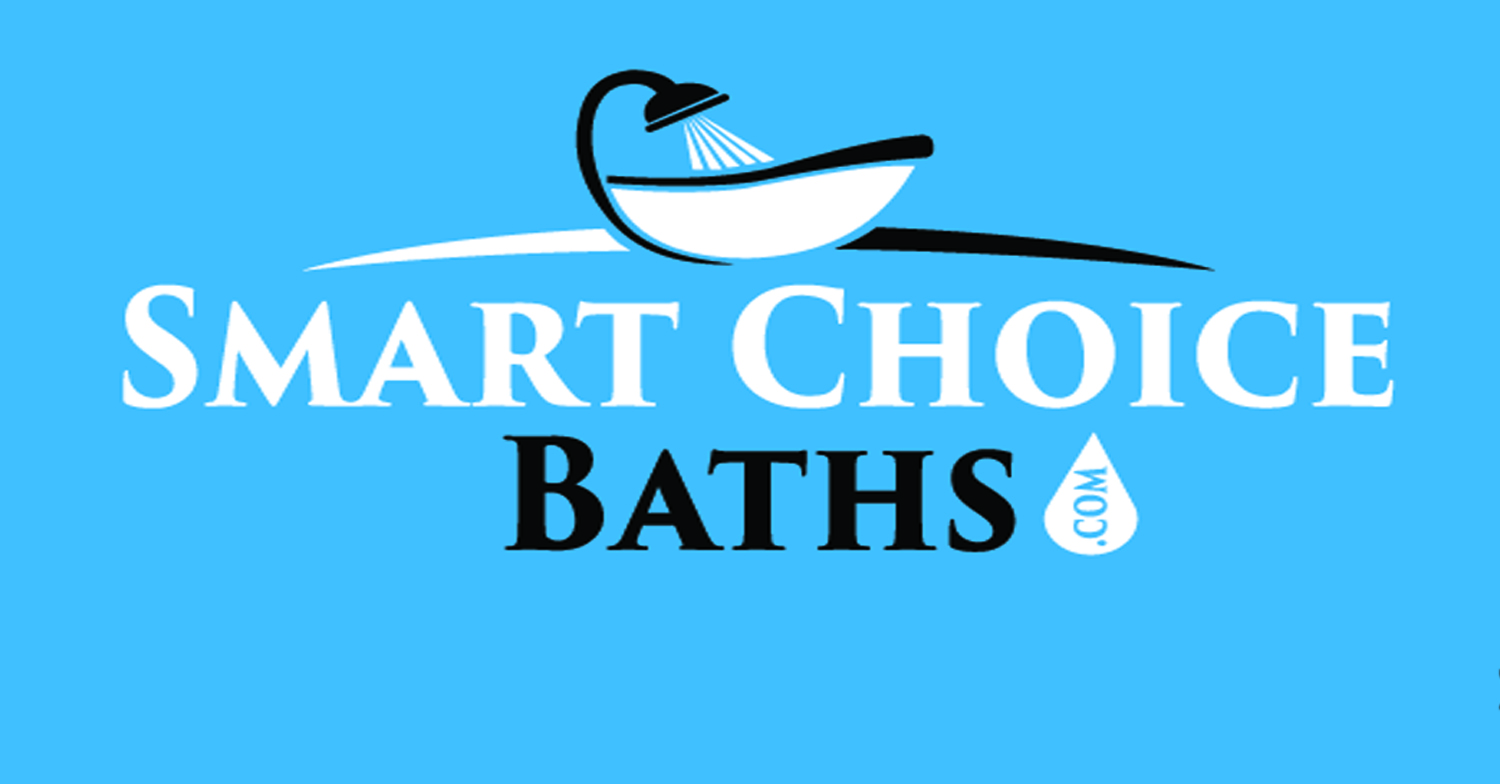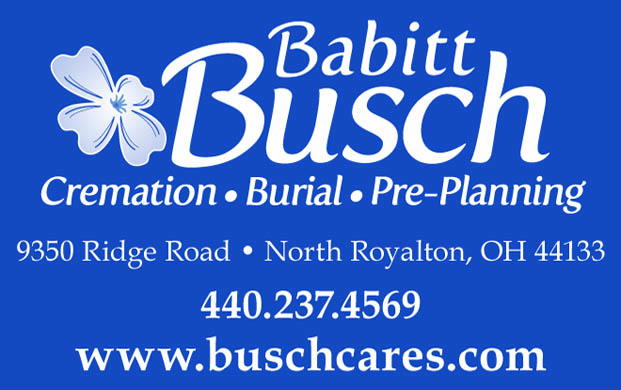It’s been 400 years since the Pilgrims landed at what they named Plymouth Harbor in Massachusetts, just in time for the harshest and coldest time of year, and it would get worse. In 1620, 102 passengers on the ship called the Mayflower landed to begin a colony; only 51 souls made it to spring of 1621 and many died that summer. These Englishmen were shopkeepers and knew nothing of farming, fishing, hunting, and surviving. An English-speaking Abenaki native, Samoset helped the new, starving, frightened, colonists form an alliance with the local Wampanoags. Samoset introduced Tisquantum Squanto, who did speak English, learning it from an English sea captain. Squanto acted as interpreter, teacher, coach, and friend. Squanto helped the settlers plant corn, squash, and beans. He helped them learn to fish and hunt. By harvest time (October), 1621, “Governor Bradford” declared a customary English harvest feast. The facts have gotten spun into myth and legend as to exactly what happened that “First Thanksgiving.” We know that Wampanoag Chief Ousemequin or Massasoit, came with about 90 accompanying warriors.
As the English had no ovens, everything was cooked outside on open fires and spits. The remaining Mayflower women: Good-wives (Mrs.) Susanna White-Winslow, Elizabeth Hopkins, Eleanor Billington, Mary Brewster, and maiden Priscilla Mullins, had to cook for all the men. They also had to mind the children, a few youngsters and servants for the feasting that lasted for three days with lots of food, games of wrestling, chance, and shooting skill for the men. The menu consisted of many ducks, wild geese, seal, five deer, corn, squash, and whatever else was available. A tired, exasperated Good-wife Eleanor Billington was reported in a journal “to have waved a wooden utensil declaring, ‘I’d like to cook somebody’s goose and it wouldn’t have feathers to pluck!’”
And so go the beginnings of the myth and legend we celebrate today as Thanksgiving. While there have been declared Thanksgivings, days of fasting and prayer for survival and decent harvests, there was no official Thanksgiving Holiday until President Lincoln proclaimed a Thanksgiving Day remembrance on the last Thursday of November 1863. It stayed that way until 1939 when President Franklin Roosevelt (FDR) moved it up one week to help extend the Christmas Holiday Shopping season. It was finally moved by law to the fourth Thursday of November in December 1941.
Since that time, we have endured wars, riots, droughts, protests, fuel crisis, pandemic, and uncertainty, but we come back each November to gather and give thanks for our homes, faith, families, friends, and food at our tables. We are a blessed nation and should remember that.
We are a caring nation. We try to make sure our service members have a Thanksgiving dinner no matter where they are. We have community out reach food delivery, meals-on-wheels and share-and-care dinners. For thanksgiving we want everyone to share a bit of “Thanks.”
There are some things considered staples for this special dinner; such as, turkey, potatoes, corn, and cranberries. They have grown into the role due to marketing. If the dinner costs more this year, there are always the family favorites to fall back on; maybe lasagna, beans and rice, macaroni and cheese casserole, sweet potato pie, squash, or crab Rangoon. One woman, Linda G., recounted fondly on the first Thanksgiving she cooked. “The relatives arrived with the “fixings” including the favorites of stuffed cabbage, and kielbasa and sauerkraut, pastries, and pie. The family gathered at the table; she went to present the turkey. The oven was cold; she had never turned it on. Everybody had more than enough to eat; five hours later when it was time to go home everyone took helpings of freshly roasted warm turkey with them.
Leftovers are always good. Let us give thanks.
By LINDA KWARCIANY
Contributing Writer



